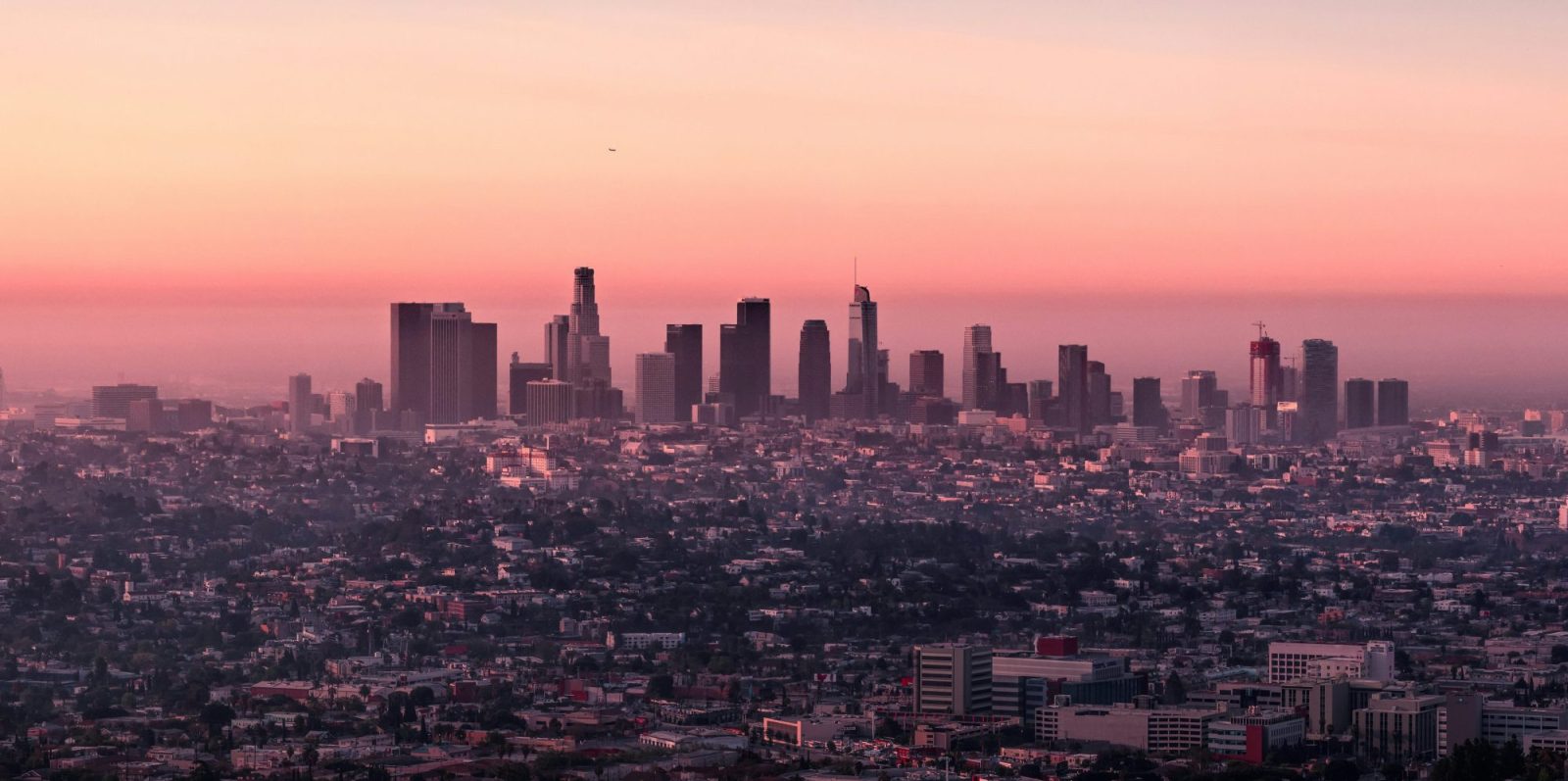With the Paris 2024 Olympic Games wrapping up, Los Angeles mayor Karen Bass is in town to prepare the world for what the 2028 Olympics will look like in Los Angeles.
And one thing she’s promising, in a big surprise to everyone’s who’s even heard about the city of LA, is a “no-car Games,” using public transport instead of private cars to get around.
Bass made the statement today in a press conference ahead of the Paris Olympics closing ceremony, which occurs Sunday night in Paris. Traditionally, the closing ceremony show includes a segment by the next host city, where the current host “passes the torch” to the next host (but, not literally – the actual Olympic torch goes back to Greece in the interim).
In advance of the show, LA Mayor Karen Bass stated this in response to a question:
We’re already working to create jobs by expanding our public transportation system in order for us to have a no car games. And that’s a feat in Los Angeles, because we’ve always been in love with our cars, but we’re already working to ensure that we can build a greener Los Angeles.
LA Mayor Karen Bass
But, like her statement suggests, LA is perhaps the last city that anyone would expect to have a no-car games.
Los Angeles is a car city, and (always?) has been
Los Angeles is a city that has grown up around the car. While it was founded well before the automobile, the city only really started to grow in the early 20th century – just when the car was growing as well.
However, the LA area did have a great public transport system early on in the form of the Pacific Electric “Red Car” trolley system, but that system declined in the 1950s and went defunct in 1961. It was one of the casualties of the General Motors Streetcar Conspiracy, a nationwide plot between GM, Standard Oil, Firestone Tires, Phillips Petroleum, and Mack Trucks to buy up and dismantle public transit systems across the country and push cars instead.
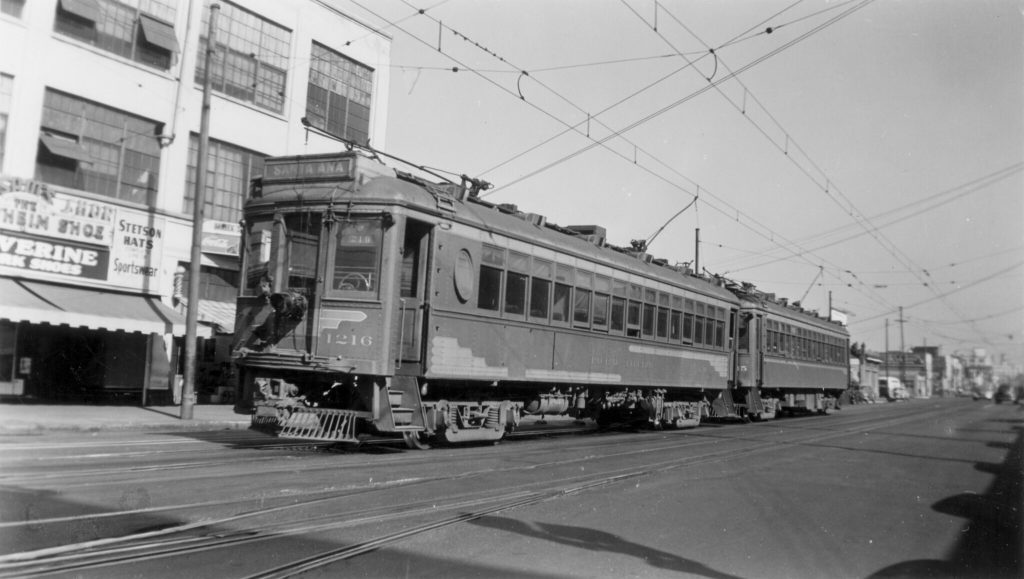
This contributed to the sprawl, lack of public transit, car domination, and high emissions of American life today, and in the end, GM was fined $5,000 for their participation (and the story of these real-life cartoon villains was told in the slapstick cartoon comedy movie Who Framed Roger Rabbit? which was, oddly, based on a true story).
And so, for the last half century, the car has reigned supreme in LA, and the city has been built with that in mind. It’s how everyone has to get around, and it means the roads are choked with cars essentially all the time.
Whether you live in the area or not, if you know anything at all about LA, you know about the traffic.
But LA is also the largest city and metro area in California, a state known for its environmentalist spirit. So it’s looking to change that, but it’s got a big job ahead of it.
Paris will be a tough act to follow
Paris, which is hosting the current games which end tomorrow, has claimed these Olympics are the “greenest games ever.” Paris used existing facilities to reduce new construction, reduced HVAC use, served up sustainable food options to athletes, spent billions to clean up the Seine for the first time in over a century, and even had an electrically-lit Olympic torch rather than the traditional gas-fueled one.
Another aspect of Paris’ “green” metrics is that nearly every Olympic venue is reachable by public transit. The Paris metro is one of the world’s best subway systems, and as the most-visited city on Earth, Paris knows how to get people around.
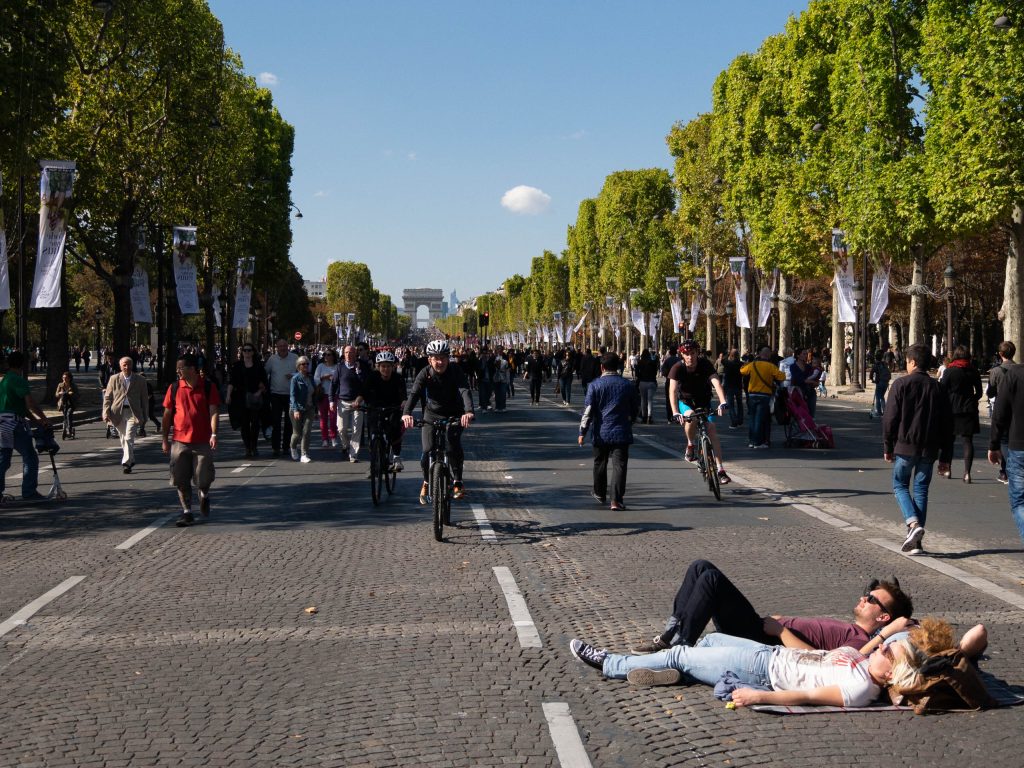
And in terms of its “no-car” cred, Paris for many years has had periodic “car-free” days in the capital, allowing the streets to be taken over by pedestrians, cyclists, and even perhaps for a quick game of soccer (I’ve seen it myself!). The city even says it’s going to ban cars from the city center entirely.
So there’s quite some competition there if LA wants to one-up Paris in terms of transportation.
Can car-focused LA pull off a green, “no-car” Olympics?
It sounds impossible, but LA does have a plan to improve its public transit, with an eye towards making it easier to get around the city by 2028.
Contrary to popular belief, LA does have public transit. In addition to buses, the city does have a metro light rail system with reasonable coverage, though stops are not nearly as dense, or as connected to the suburbs, as in a city like Paris. So LA doesn’t have to start from scratch – it just has to convince people to use the system that exists, and fill in the gaps to make it more useful for everyone, and make it possible to go car-free.
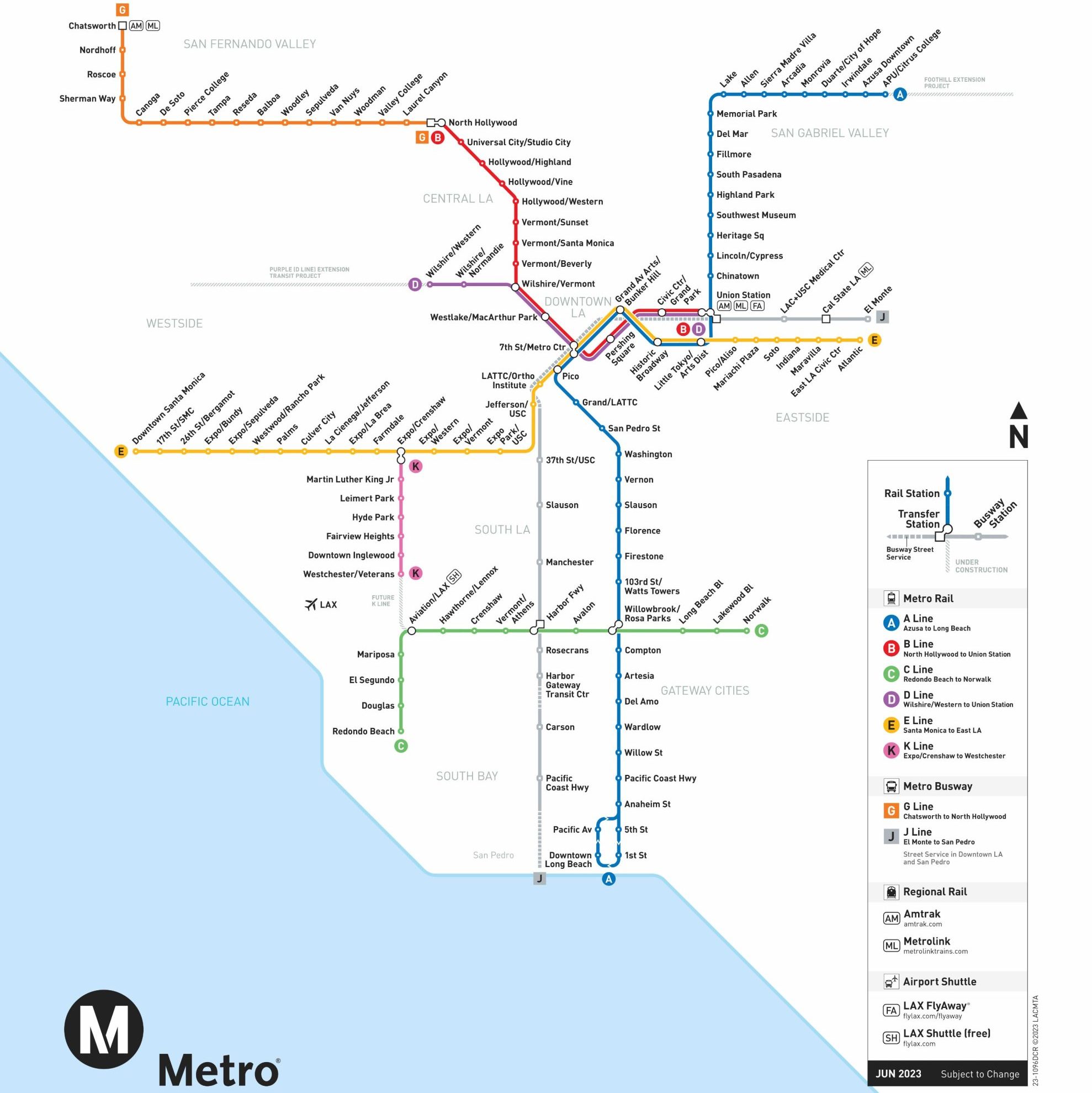
The plan to do that has been in progress for some time now. LA was originally awarded the Games in 2017, and then-Mayor Eric Garcetti soon after released a draft initiative called “Twenty-eight by ’28,” a plan to finish 28 different transit projects in the city before the Olympics came to town. Some of these projects are already finished, and others have had deadlines pulled forward for 2028.
To fund these projects, LA will use money from two voter initiatives – Measure R and Measure M, which both passed by wide margins and increased sales taxes in the city to raise money for transit projects. They’re expected to raise over $100 billion to fix LA’s transportation systems – which LA residents obviously know need fixing.
So LA has a thirst to fix its transportation issues, and funding as well – now it’s all up to time and effort, because four years is not that far away.
Recent lessons show us less traffic is possible
Bass introduced other aspects of the plan today as well. In addition to the projects LA already has in progress, Bass says that LA is going to work with local businesses to reduce car traffic in the city overall, during the Olympics. LA did the same in 1984 – the city’s residents dreaded the influx of traffic, and businesses were encouraged to change up their hours to reduce congestion, and in the end things were not as bad as expected.
In the interim, LA has had multiple examples showing what’s possible. Not long ago, LA was warned of a “carmageddon” due to a weekend freeway closure, but after preparing the public for weeks to avoid the area, the weekend went off without a clutch. And then, when COVID-related lockdowns came around in 2020, businesses and residents recognized that they could get away without driving (which gave us nice clean air, too), could encourage remote work, and could use new technology to help facilitate all of this.

Bass is encouraging businesses to take advantage of these lessons and focus on remote work and on shifting working schedules where possible, to remove as many cars from the road as LA can during the 17 days of the Olympic games. She also wants to put 3,000 buses into service, borrowing them from all over the country to help shuttle people between venues – on streets that will hopefully be less congested due to the aforementioned improvements and suggestions.
If LA is successful at all these initiatives, the hope is to ban all car traffic at Olympic venues. Instead of driving to and parking at the venues, spectators will arrive by public transit – and public transit will be the only way to access these venues, if Bass has her way.
Electrek’s Take
The LA transit system does need to be improved so that people can go car-free and still make their way around, as metro stops just aren’t dense enough like they are in other cities. And LA needs higher-density development – there are far too many single-family homes and suburban-style developments, which are harder to serve with metro stops because there just aren’t as many people around, and because everyone has room for a car in their driveway.
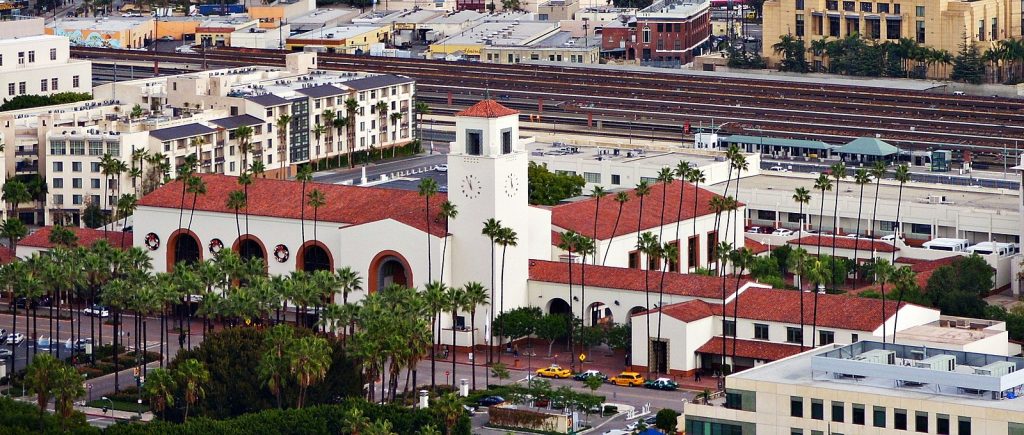
But one of the major issues with public transit in LA is that the culture just isn’t there. There are plenty of people who do live and work near transit stops who could use transit for lots of their needs, but they don’t because, well, everyone knows theres no public transit in LA, right?
And if nobody uses the system, then that means it’s more expensive, or the system will cut hours, which makes it less useful, which means fewer people use it… and so on.
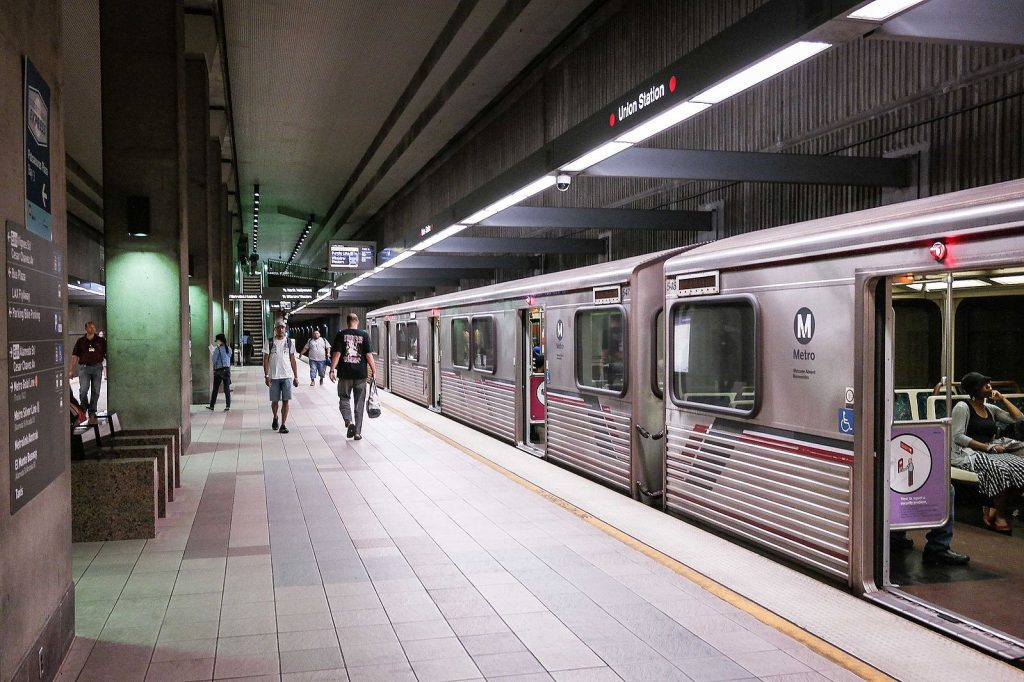
So while the Olympic Games is an opportunity to kick-start LA transit development to solve the physical problems with it – availability of stops and lines – it’s also an opportunity to introduce Angelenos to their own city’s public transit system.
By building the system up to an acceptable level, and then giving people a great example of how well the city could work in a less-car-dependent future, maybe we can spark the imaginations of Angelenos and break them out from under the spell of the automobile, in a way that we haven’t seen since 1961.
Just as Paris’ “no-car days” showed Parisians what life could be like without ceding so much of their land to the automobile, LA’s Olympics could show Angelenos that their city is not uniquely unable to get around without the car. And much as Paris used the Olympics as an excuse to clean up the Seine, which had been a problem for more than a century, LA can use the Olympics to clean up its transit – which has been a problem for nearly as long.
It’s going to take a lot of work, but it sure would be nice for LA to be famous for something other than traffic for once.
